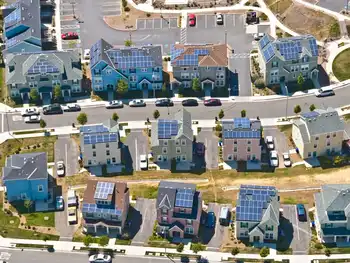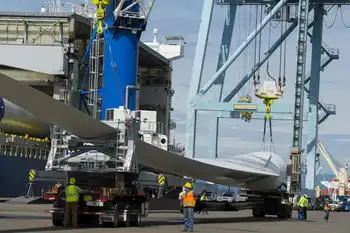Wave energy to catch up with wind
By Reuters
Protective Relay Training - Basic
Our customized live online or in‑person group training can be delivered to your staff at your location.

- Live Online
- 12 hours Instructor-led
- Group Training Available
"What it took 25 years to do in the wind industry, we want to do in five years," Chief Executive Officer Martin McAdam said in an interview.
"What we feel is we can offer a device in future that will be competitive with offshore wind energy. By 2014 we will have a commercially available device," he said.
"Our smallest offering will be 10 megawatt. We hope we can install up to 100 MW in size from 2014."
The latter amount is enough to power about 100,000 homes.
Government adviser Carbon Trust has calculated marine energy could supply up to 20 percent of Britain's power but the technology is still at the prototype stage.
To cut Britain's greenhouse gas emissions by 80 percent from the 1990 level, the government is stepping up support for new renewable technology, including marine power.
Aquamarine Power, a privately owned company set up in 2005 with headquarters in Edinburgh, is one of the handful of British companies already testing its marine energy device in the ocean.
In April, it won the first electricity from its 0.5 MW hydroelectric wave energy converter, tested at the New and Renewable Energy Center (NaREC) in Newcastle since February.
It plans to install the device, called Oyster, in July at the European Marine Energy Center (EMEC) in Orkney, Scotland — seen at the forefront of marine renewable technology development.
"Our device is very simple. It has almost no moving parts under water," said McAdam. "That means there are very few parts that can break. It's also easy to manufacture."
The converter consists of an oscillator fitted with pistons and fixed to the seabed. Each wave moves the oscillator, pumping high pressure water via a pipeline to the shore. Conventional hydroelectric generators onshore convert it into electricity.
"The biggest challenge for wave is survivability: how the device is going to survive when you have a very big wave," McAdam said.
Aquamarine has invested about 20 million pounds ($30.18 million) in the device, which is about 18 meters wide and 12 meters tall.
"We are raising more money at the moment through private equities and venture capital," McAdam said, adding it would cost 50-60 million pounds in total to fully commercialize the technology.
Asked about the credit crunch, he said: "The environment is definitely more difficult. But I see that a lot of investors are still very interested in green technologies."
"At this early stage, we are still in high intensity research and development period. Therefore some support from the government in that area is certainly required," he said.











